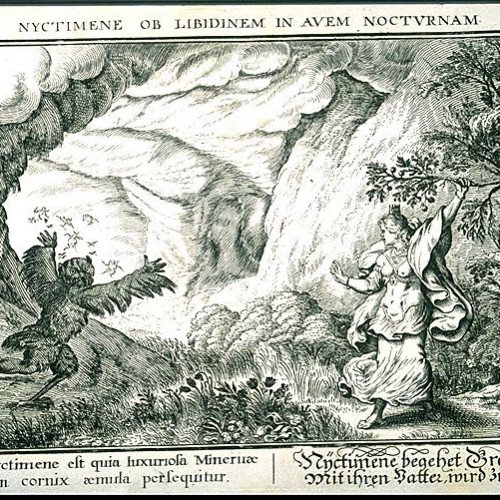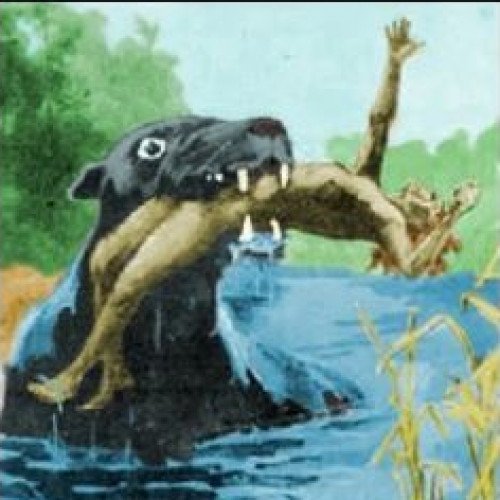Nyctimene (mythology) VS Bunyip

Nyctimene (mythology)
Nyctimene was, according to Roman mythology, the daughter of Epopeus, a king of Lesbos. In some versions of the story she was raped by their father, while in others she was seduced seduced. Out of shame or guilt, she fled to the forest and refused to show her face in daylight. Taking pity on her, Minerva transformed her into the nocturnal owl which, in time, became a widespread symbol of the goddess. In Ovid's Metamorphoses, the transformation was a punishment for an unspecified crime.In Metamorphoses, Cornix (the crow) complains that her place as Minerva's sacred bird is being usurped by Nyctimene, who is so ashamed of herself that she will not be seen by daylight.Her name has been given to a genus of bats and an asteroid.
Statistics for this Xoptio

Bunyip
The bunyip is a large mythical creature from Australian Aboriginal mythology, said to lurk in swamps, billabongs, creeks, riverbeds, and waterholes. The bunyip was part of traditional Aboriginal beliefs and stories throughout Australia, while its name varied according to tribal nomenclature. In his 2001 book, writer Robert Holden identified at least nine regional variations of the creature known as the bunyip across Aboriginal Australia. The origin of the word bunyip has been traced to the Wemba-Wemba or Wergaia language of the Aboriginal people of Victoria, in South-Eastern Australia. Europeans recorded various written accounts of bunyips in the early and mid-19th century, as they began to settle across the country.